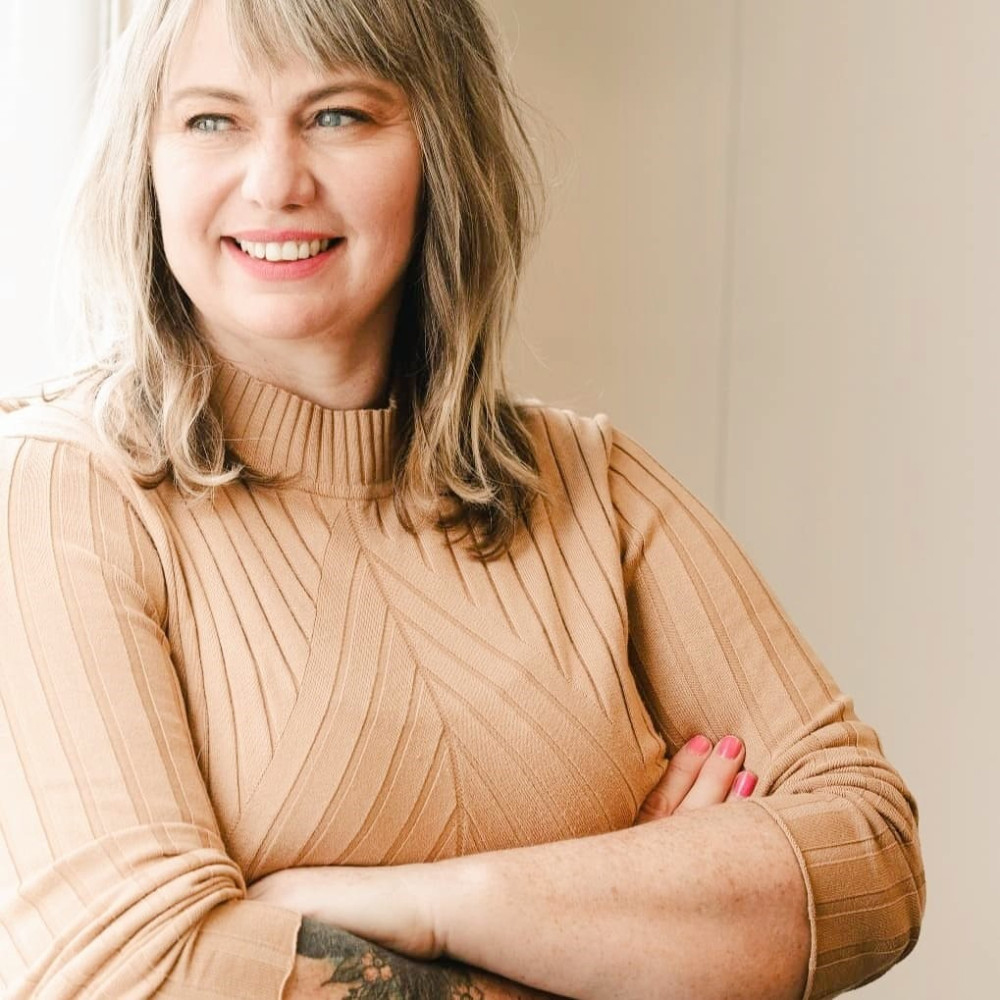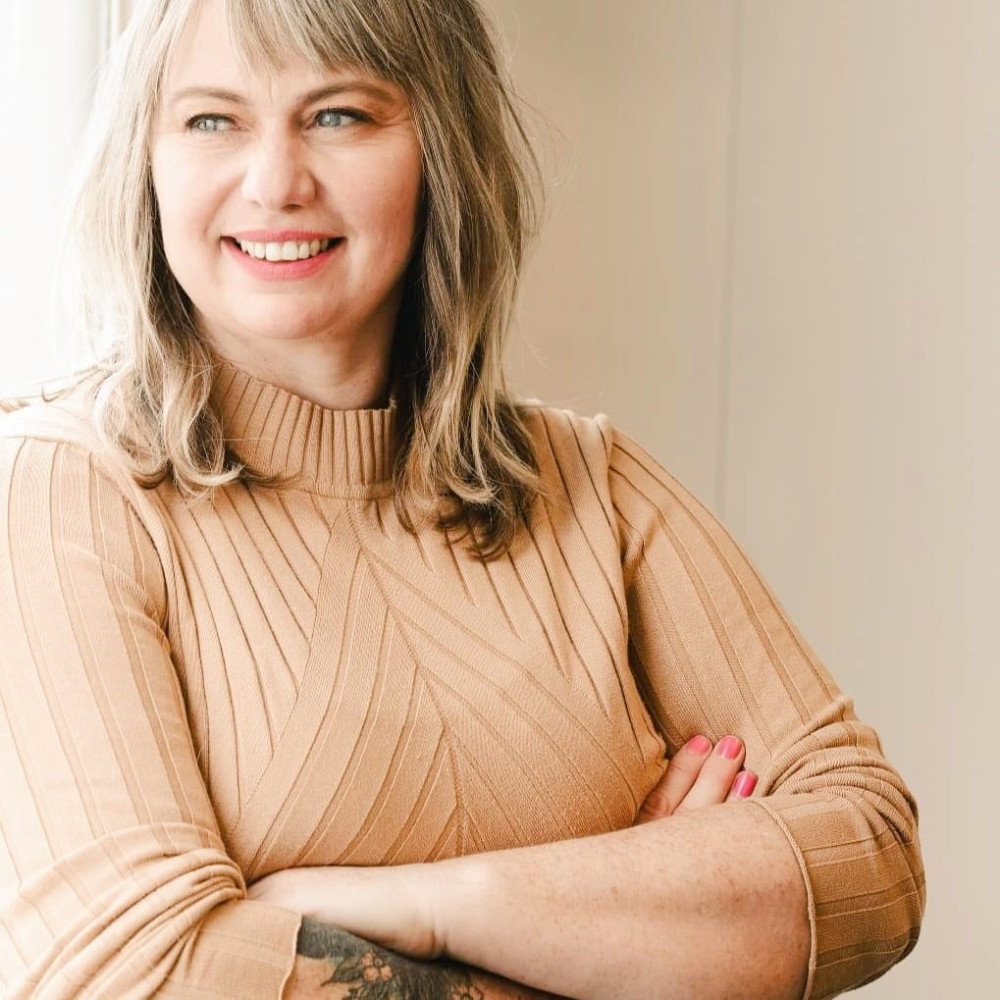In pursuit of 90%, we must leave no one behind

First published in The Spinoff, 23 September 2021
People using drugs are at greater risk from Covid-19, and yet they are the least-vaccinated. That's not because they can't be reached, writes Sarah Helm. They just need someone to take the initiative.
Throughout the most recent delta outbreak, it’s been clear that vaccinations will be our collective ticket to freedom. Ashley Bloomfield is among those saying we should aim for at least 90% of the eligible population vaccinated and it seems that will be the point at which we let go of our elimination strategy.
A 90% vaccination rate would put us among the most vaccinated countries in the world and I for one really hope we can get there.
But I’ll be honest. The 90% figure immediately causes concern for those of us who have experienced discrimination or are marginalised. That’s because communities I work with – and am part of myself – are usually the other 10% when these kinds of targets are used.
Through my work with the NZ Drug Foundation, I know that a staggeringly low number of those in contact with addiction support services are fully vaccinated – only 14% as of earlier this month, compared to 31% of the general population. Only 35% had received their first dose, in contrast with 59% of the general population. That’s despite studies showing that people with addiction issues are at a higher risk of contracting Covid-19, and are likely to experience worse outcomes if they become infected.

Sarah Helm smiling, with arms crossed.
If we abandon our elimination strategy while the rates of vaccination are so incredibly low in a vulnerable population, the consequences will be unthinkable."
Sarah Helm, Executive Director NZ Drug FoundationThese numbers are really concerning, particularly because people accessing these services were included in Group 3 of the rollout and should therefore be running ahead of the general population.
If we abandon our elimination strategy while the rates of vaccination are so incredibly low in a vulnerable population, the consequences will be unthinkable.
People accessing support because of drug issues come from many walks of life, but are more likely to be marginalised and disenfranchised from our health system. They are also more likely to have suffered from stigma and discrimination.
These statistics only include people in contact with addiction support services and don’t include our other populations of people who use drugs, like medicinal cannabis patients, or people who use injected drugs, synthetic cannabinoids, cannabis, or methamphetamine. On the whole, many of these people are more likely to feel alienated from our health system.
When my first child was born, I experienced the kind of discrimination that can change your relationship with the health system. My then partner, also a woman, gave birth to my son. I was the other parent. The attending nurse refused to accept that I was parent too, and she repeatedly told me I was wrong and called me the “aunt”.
Since then, I’ve faced similar discrimination many more times when interacting with health services throughout my son’s 11 years, usually in front of my children: “Why does your child have two mothers?” “Who are you?”
I find myself bristling when engaging with a new health provider.
Conversely, when I recently attended a Family Planning clinic, their approach was so inclusive I was immediately at ease.
Similarly, there are trusted, inclusive health providers for people who use drugs. Take for example Moana House in Dunedin, which has a 100% vaccination rate among tangata whaiora in its residential programme and over 90% in its after care programme, thanks to some quick thinking and fast work from staff and the Southern DHB.
This incredible success story goes to show that people who use drugs aren’t inherently unable to be reached and vaccinated – they just need someone to take the initiative.
I take heart from this, and from being in touch with other providers this week, like Odyssey, which is now working with the DHBs and the Northern Regional Health Coordination Centre to have mobile vaccination services attend its services. The Needle Exchanges have reached out and are waiting to hear if DHBs will make vaccination available at their services too.
We need to go out to people who use drugs or are otherwise excluded from the traditional health system and invite them in through the organisations and people who they trust.
For a large part of the population, the current messages and marketing campaigns are working. Those who’ve never had an issue or suffered discrimination in the health system likely won’t think twice when booking in their jab.
But for many others – not just people use drugs, but those with mental health issues, Māori, our rainbow community and people with disabilities – we need to do more.
To take an analogy from one of our much-loved national pastimes, tramping, let’s ensure we set the pace of our journey based on the slowest member of our group and leave no one behind. If we don’t, the results will be catastrophic for important parts of our community. The Moana House story shows we can do better.
Recent news

Beyond the bottle: Paddy, Guyon, and Lotta on life after alcohol
Well-known NZers share what it's like to live without alcohol in a culture that celebrates it at every turn

Funding boost and significant shift needed for health-based approach to drugs
A new paper sets out the Drug Foundation's vision for a health-based approach to drug harm

Expert Pharmac committee recommends funding for overdose reversal nasal spray
The expert committee has said funding for naloxone in the community should be a high priority

